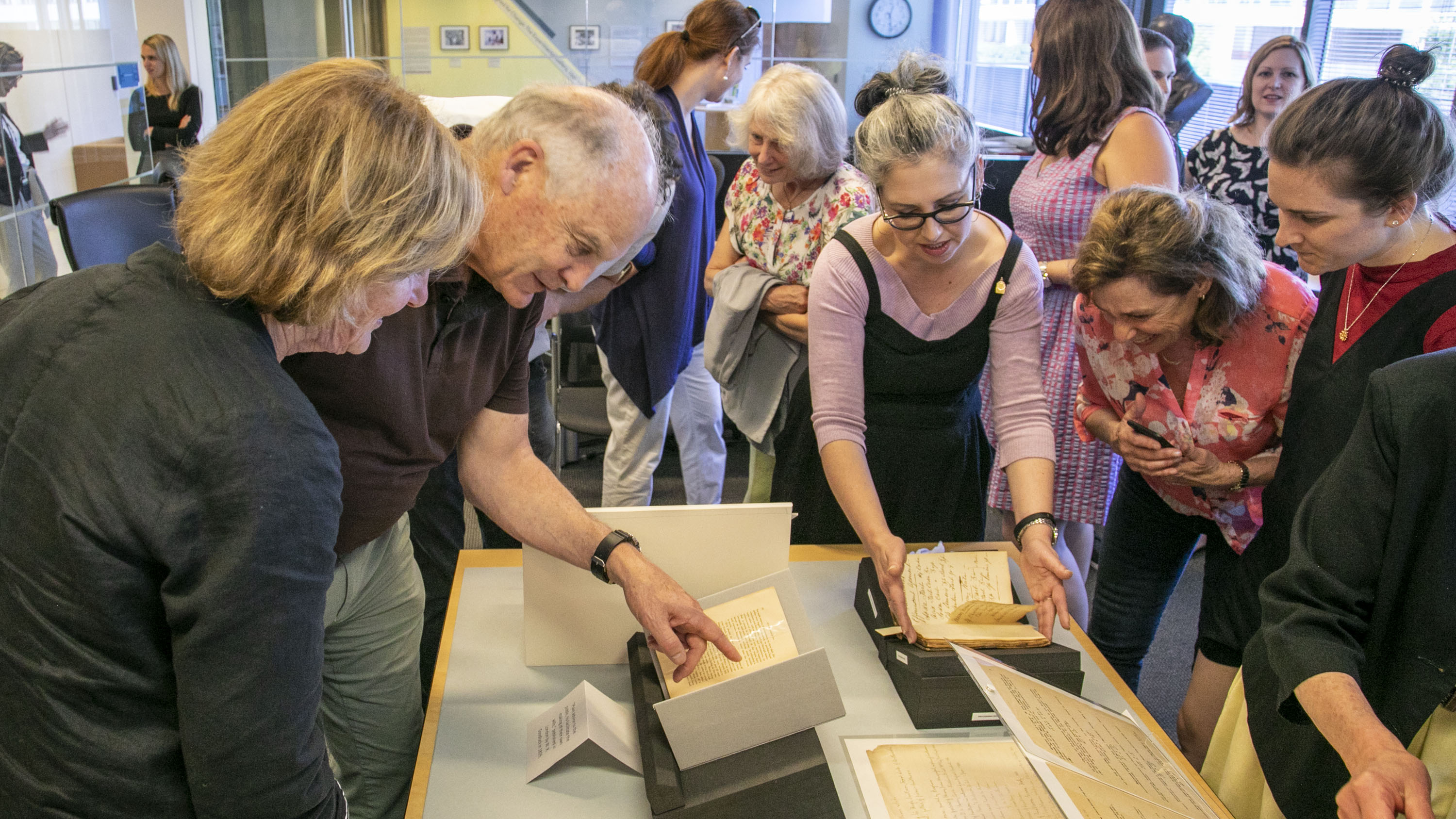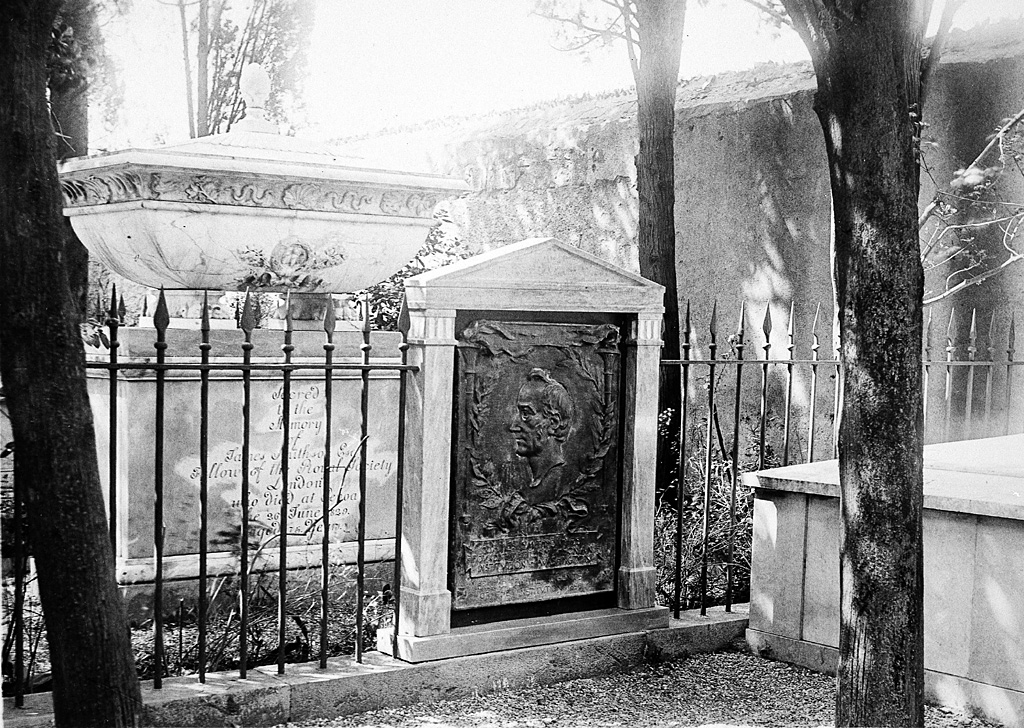Results for "Smithson, James, 1765-1829"
- Blog Post
James Smithson, c. 1765–1829
- Date: June 27, 2012
- Creator: Mitch Toda
- Description: On June 27, 1829 James Smithson passed away in Genoa, Italy. His remains were later to rest in the Smithsonian Institution Building.

James Smithson at Oxford
- Date: September 12, 2011
- Creator: Pamela M. Henson
- Description: [edan-image:id=siris_sic_6861,size=300,right] Some students look forward eagerly to the new school year; others dread the end of summer and the long year ahead. How did the Smithsonian’s founding donor, James Smithson (1765-1829), feel about school? Smithson attended Oxford University in England from 1782 to 1786, receiving a Masters of Arts degree in chemistry and mineralogy.
- Blog Post
Looking Smithson’s Gift Horse in the Mouth
- Date: July 28, 2015
- Creator: Pamela M. Henson
- Description: Today, James Smithson’s bequest to found the Smithsonian is considered a wonderful event, but in 1835 when it was announced, many Americans responded negatively. Why did they look his gift horse in the mouth?

“The Proper Thing to Do": James Smithson’s Journey to Washington
- Date: June 27, 2019
- Creator: Emily Niekrasz
- Description: On the 190th anniversary of the death of Smithsonian founding donor James Smithson, we’re taking a look back at his posthumous journey, led by Alexander Graham Bell, to his final resting place in Washington, D.C.

Hungerford Family Visits the Smithsonian
- Date: August 27, 2019
- Creator: Pamela M. Henson
- Description: In July 2019, the Hungerfords, descendants of James Smithson’s mother’s family visited the Smithsonian and got to see a new Hungerford document.

Hot Topics in Archival Research
- Date: October 9, 2014
- Creator: Mary Markey
- Description: Topics researched at the Smithsonian Institution Archives.
- Blog Post
See Here: 10/29/2010
- Date: October 29, 2010
- Creator: The Bigger Picture
- Description: [caption id="" align="aligncenter" width="416" caption="James Smithson's (c.1765-1829) casket in the Regents' Room, South Tower of the Smithsonian Institution Building or "Castle," before its transfer to the Crypt at the North Entrance, Smithson's remains were brought to the United States by Smithsonian Regent Alexander Graham Bell, 1904, by Unidentified photographer, Black

Happy Birth Year, Mr. Smithson
- Date: November 17, 2015
- Creator: Pamela M. Henson
- Description: 2015 is the 250th anniversary of James Smithson’s birth. Although we don’t know the day of his birth, this year we are celebrating his birthday.
- Blog Post
See Here: 10/28/2010
- Date: October 28, 2010
- Creator: The Bigger Picture
- Description: [caption id="" align="aligncenter" width="406" caption="On January 25, 1904, a military procession to Smithsonian Institution grounds brings the remains of James Smithson (c.1765-1829) whose bequest created the Smithsonian, His remains had been transported by Alexander Graham Bell, a member of the Board of Regents, from Genoa, Italy, after the Italian cemetery had fallen into
- Blog Post
The Smithsonian's 165th Anniversary
- Date: August 10, 2011
- Creator: Pamela M. Henson
- Description: Exactly 165 years ago today, legislation establishing the Smithsonian Institution was passed by the US Congress and signed into law by President James K. Polk. From today’s perspective, it seems like a “no-brainer” to accept a generous bequest from a little-known Englishman named James Smithson and create an institution in his name. But from the perspective of that era, the
